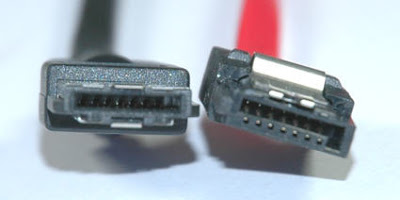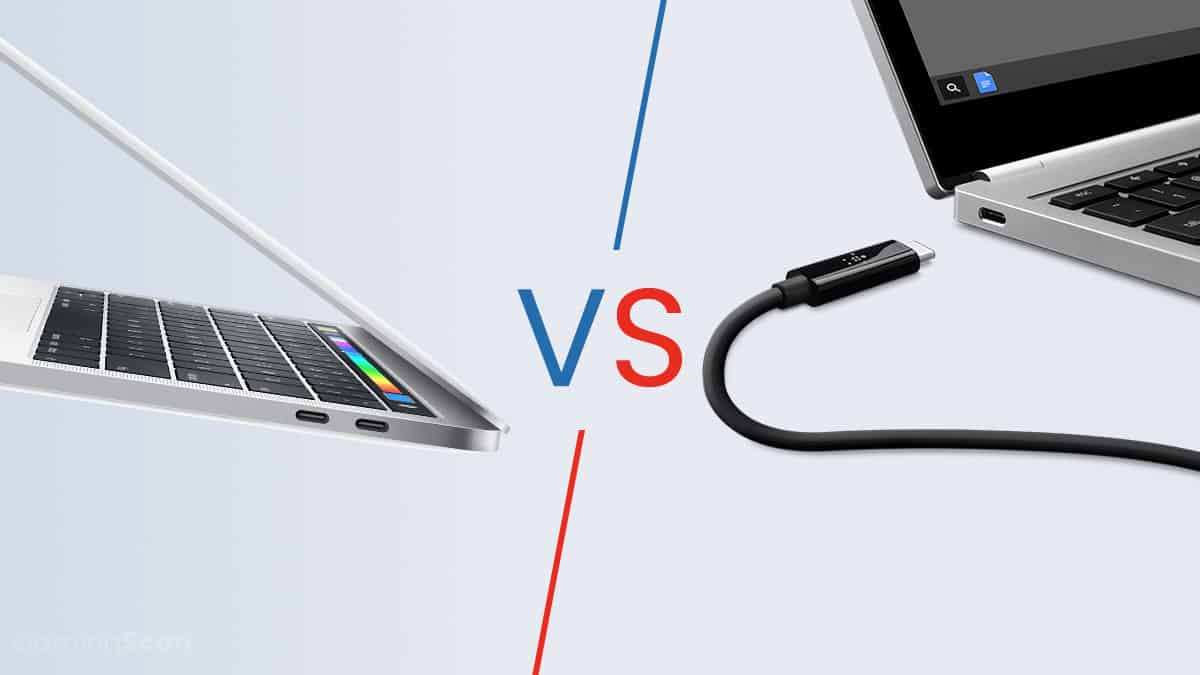
Thunderbolt and USB are both data and video transfer protocols.

Although both ports appear to be the same, there are significant differences between USB-C and Thunderbolt, so knowing which one you’ll need before buying a new device is critical. Thunderbolt and USB-C are two of the most popular connectors on the market right now. On devices with USB-C connectors, the most recent generations (3.2 Gen 1, Gen 2, and Gen 2) can achieve file transfer rates of up to 20 Gbps. USB 3.0 was recently updated, resulting in the release of USB 3.1 and 3.2. USB 3.0 ports are similar to USB 2.0 ports in appearance, with the exception that the inside of the port is blue and usually bears the letters SS. USB 3.0 is the third version of the USB standard, which is used to connect computers to external hard drives and power banks. USB-3Īs previously stated, the numbers associated with USB connectors denote the speed at which data is transferred from the device, and each new generation of USB supports faster and faster speeds. Unlike previous versions, USB-C can deliver much more power, up to 100 W, as well as data at high speeds and the ability to charge in both directions, as we’ve seen. This is not a problem with USB-C because it is reversible, which means we don’t have to worry about the position of the connector when plugging it into our devices. If you’ve ever tried to connect a USB-A cable to a device, you’ll know that it takes a few twists to get it to work properly. It replaces the 12 mm connector with a reversible 8.4 mm connector, as opposed to its predecessor. USB-C is the most recent version of USB hardware. The same is true for mice, keyboards, and other small peripherals: type A connectors are always used. This means that even if the device and host use different versions of USB, a Type-A connector will always work with a Type-A receiver.Ī USB 3.0 external hard disc, for example, will work with a USB 2.0 port (with some limitations) and vice versa. They all use the same USB-A connector and are backward compatible. You’ve probably heard of the three different USB-A versions: USB 1.1, USB 2.0, and USB 3.0. This is the type of port that most computers have today, and it’s the first port that comes to mind when you hear the term USB. The original USB ports, known as USB-A, are rectangular connectors with a diameter of 12 mm. We’ll go over the latest USB-3 standard to help us understand this. The numbers, on the other hand, refer to the technology that allows data and power to be transferred from one device to another. Let’s take a look at two of the most common scenarios: USB-A and USB-C are two different types of USB ports. On one hand, the letters represent the connector’s physical characteristics, such as size and reversibility. This is significant because each one refers to different aspects of the USB standard, such as speed or hardware requirements.Īs a result, it should be obvious that USB connectors are identified by numbers and letters. Thunderbolt, USB-C, USB 3… First and foremost, we must recognise that these terms do not all refer to the same thing. But what do all those letters and numbers mean? We’ll concentrate on three of them, the most important of which are speed, support, and compatibility. To help clear up some of the ambiguity surrounding these two connectors, we’ll first go over how the nomenclature works within the USB standard, then dive into the features of USB-C and Thunderbolt 3. They may appear to be the same, but they are not.

What is the difference between Thunderbolt 3 and USB-C is a question we’ve all asked ourselves at some point. This rule applies to the latest USB technology as well. It’s easy to get lost in the fast-paced world of technology, which encompasses so many technical aspects and terminologies.


 0 kommentar(er)
0 kommentar(er)
